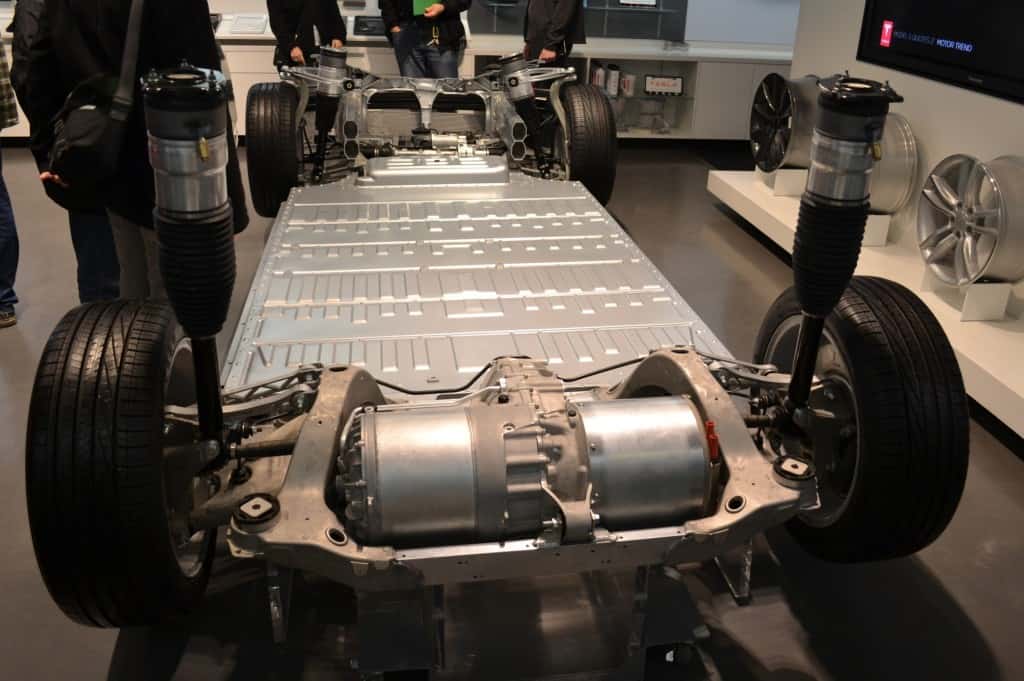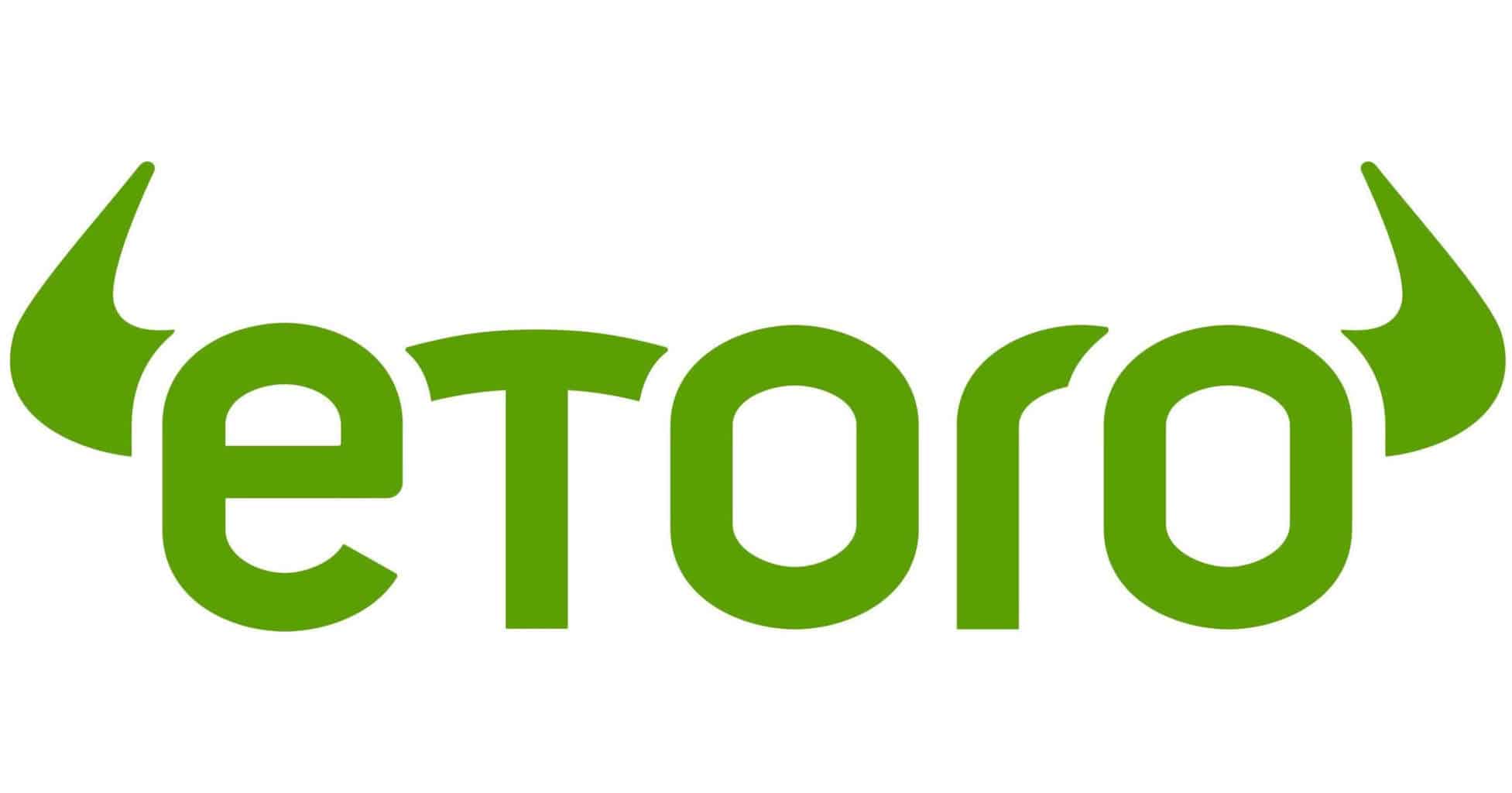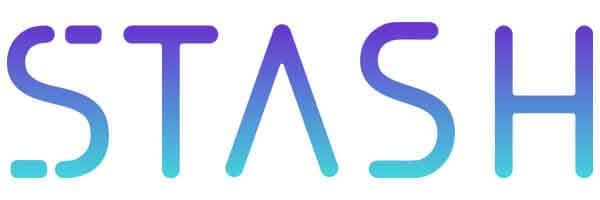Tesla Motors Inc has been lauded for its open nature in recent years. The firm has made thousands of its patents open for use by other firms, and it says it will even publish the design of its Gigafactory 1 in order to get other firms to make power cells in the same way. There’s one thing that Tesla doesn’t like to share, however, and that’s battery tech.
On Friday afternoon Tesla Motors announced an upgrade to its high-end cars that would allow them to go from 0-60mph in just 2.8 seconds. The power of the most costly Model S now compares with some of the most expensive production cars in the world. Tesla only lightly referenced how it got there, however.
Putting Silicon in a battery
During the Ludicrous event, Mr. Musk said that the firm managed to increase peak voltage by putting silicon in the cell. “It’s a baby step in the direction of using silicon in the anode, but we will be increasing the use,” he told those on the July 17 call.
Over at Quartz today Steve Levine dove into the science behind putting silicon in a Li-ion cell. It’s a big step that has so far been made impossible because silicon swells in an active battery, causing it to break. Tesla Motors has gotten through that problem, and it marks a change in the way the firm does business.
Tesla Motors broke onto the scene with a promise that it was only using generic Li-ion cells in the Model S. The cells are called 18650s and they’ve been used in laptop batteries and other mass-market applications for years.
Back at the reveal of the firm’s home power store, the PowerWall, Mr. Musk said that the batteries were using a new battery chemistry, and the changes in the basic cell design are still coming.
Elon Musk and the power cell team at Tesla Motors have clearly been rethinking that tactic. In order to make the Model S go further, and faster, something more was needed.
Now the firm is working with power cells that are very different from the ones used in older versions of the Model S, but it’s not telling the world how it got there.
Hiding the truth at Tesla Motors
Tesla Motors certainly did open up its patents for use by other companies last year, but much of the key tech that the firm runs on is not patented. When you visit the firm’s facility in Fremont California you can see how the Model S is made, and you can even see part of the Model X in early production.
You’re not allowed to see the batteries being put together. Tesla’s advantage in the EV market is in its batteries, and it doesn’t even own most of the patents related to the tech in the cells.
Most of the advances in Li-Ion tech pre-date Tesla Motors. They’re owned by firms like Panasonic, which Tesla works with to make batteries fit for its cars.
A patent expires a certain amount of time after being filed. A trade secret can last forever because it has never been made public in the patent system. The world’s biggest firms are full of these trade secrets, and some of the most most products in the world are built on them.
Coca-Cola never patented its recipe. Tesla Motors is unlikely to ever reveal the structure of its battery. That’s why you can’t see it made in the firm’s Fremont factory.
Tesla bets on battery breakthroughs
It’s not clear who owns the patents that relate to getting silicon inside the new cell, or if there’s any patent out there at all. Tesla may have come up with the new cell structure in house, or it may have licensed it from someone else.
Tesla Motors is working on new kinds of celss, and it has made deals with some of the greatest minds in the area in order to drive its advance. Jeff Dahn, a Li-ion expert at Dalhouise, now works with the firm and his research may form part of the chemistry that will make the next gen of Teslas even better.
The reasons for making better cells is clear. If Tesla Motors can increase the energy per kilogram of batteries it can make the Model S go further on with the same size of power pack. It could also boost the size of the packs in order to give the cars a better overall range.
The latter appears to be what the firm is going for right now. The new 90D, unveiled at the same event as Ludicrous Mode, will have a range of more than 300 miles. That’s an incredible feat for an EV and it’s one that makes headlines.
There are other strides to be made in power cell tech. Cell design could change how quickly a user is able to get their Model S or Model X up to a full charge. There is also the all-important matter of cost, something Tesla has also made strides in in recent months.
Cutting costs at Tesla Motors
Because the inner workings of the Tesla Motors power store are secret, it’s not easy to see how much progress the firm has made so far. We’ve covered the falling cost of the batteries in the past, and part of the firm’s reduction of those costs is likely down to progress in the tech behind the battery.
Tesla Motors is moving quickly to drive down those costs, and the Gigafactory, set to be opened in Nevada, is designed to boost those savings further. Tesla is likely paying less than $180/kWh for its cells right now, but in order to get a $35,000 Model 3 with the same margins on the road it’s going to have to try harder.
The new $70,000 price tag on the 70D that the firm revealed at Friday’s event shows that it is driving the cost of those batteries down. After factoring in the $7,500 tax rebate and tax savings, the cheapest Model S now costs just $52,000.
Battery tech drives Tesla
When Elon Musk, back at the release of the Model S, claimed to be using simple cells to power its cars, he wasn’t telling the whole truth. What the firm had was the best way to put normal cells in a matrix in order to make them work better.
Tesla Motors still has that power cell layout down, and it’s likely to have improved it in strides since the first Model S rolled out of Fremont in 2012. Now the firm is going deeper and changing the way that the batteries work on a chemical level.
Tesla Motors, despite its claim to being open, is not likely to share any of those trade secrets with Audi, BMW or GM any time soon. There’s no business reason that it should, and it’s not hiding any patents from its open license.
It’s important to remember that there’s layers of meaning to everything that Elon Musk says about Tesla Motors. When he said he was opening patents he didn’t say that he was hiding trade secrets. It’s part of the story he’s telling to the world, and his showmanship is one of the reasons Tesla is where it is today.
Trusted & Regulated Stock & CFD Brokers
What we like
- 0% Fees on Stocks
- 5000+ Stocks, ETFs and other Markets
- Accepts Paypal Deposits
Min Deposit
$200
Charge per Trade
Zero Commission on real stocks
64 traders signed up today
Visit Now67% of retail investor accounts lose money when trading CFDs with this provider. You should consider whether you can afford to take the high risk of losing your money.
Available Assets
- Total Number of Stocks & Shares5000+
- US Stocks
- German Stocks
- UK Stocks
- European
- ETF Stocks
- IPO
- Funds
- Bonds
- Options
- Futures
- CFDs
- Crypto
Charge per Trade
- FTSE 100 Zero Commission
- NASDAQ Zero Commission
- DAX Zero Commission
- Facebook Zero Commission
- Alphabet Zero Commission
- Tesla Zero Commission
- Apple Zero Commission
- Microsoft Zero Commission
Deposit Method
- Wire Transfer
- Credit Cards
- Bank Account
- Paypall
- Skrill
- Neteller
What we like
- Sign up today and get $5 free
- Fractals Available
- Paypal Available
Min Deposit
$0
Charge per Trade
$1 to $9 PCM
Visit Now
Investing in financial markets carries risk, you have the potential to lose your total investment.
Available Assets
- Total Number of Shares999
- US Stocks
- German Stocks
- UK Stocks
- European Stocks
- EFTs
- IPOs
- Funds
- Bonds
- Options
- Futures
- CFDs
- Crypto
Charge per Trade
- FTSE 100 $1 - $9 per month
- NASDAQ $1 - $9 per month
- DAX $1 - $9 per month
- Facebook $1 - $9 per month
- Alphabet $1 - $9 per month
- Telsa $1 - $9 per month
- Apple $1 - $9 per month
- Microsoft $1 - $9 per month
Deposit Method
- Wire Transfer
- Credit Cards
- Bank Account



